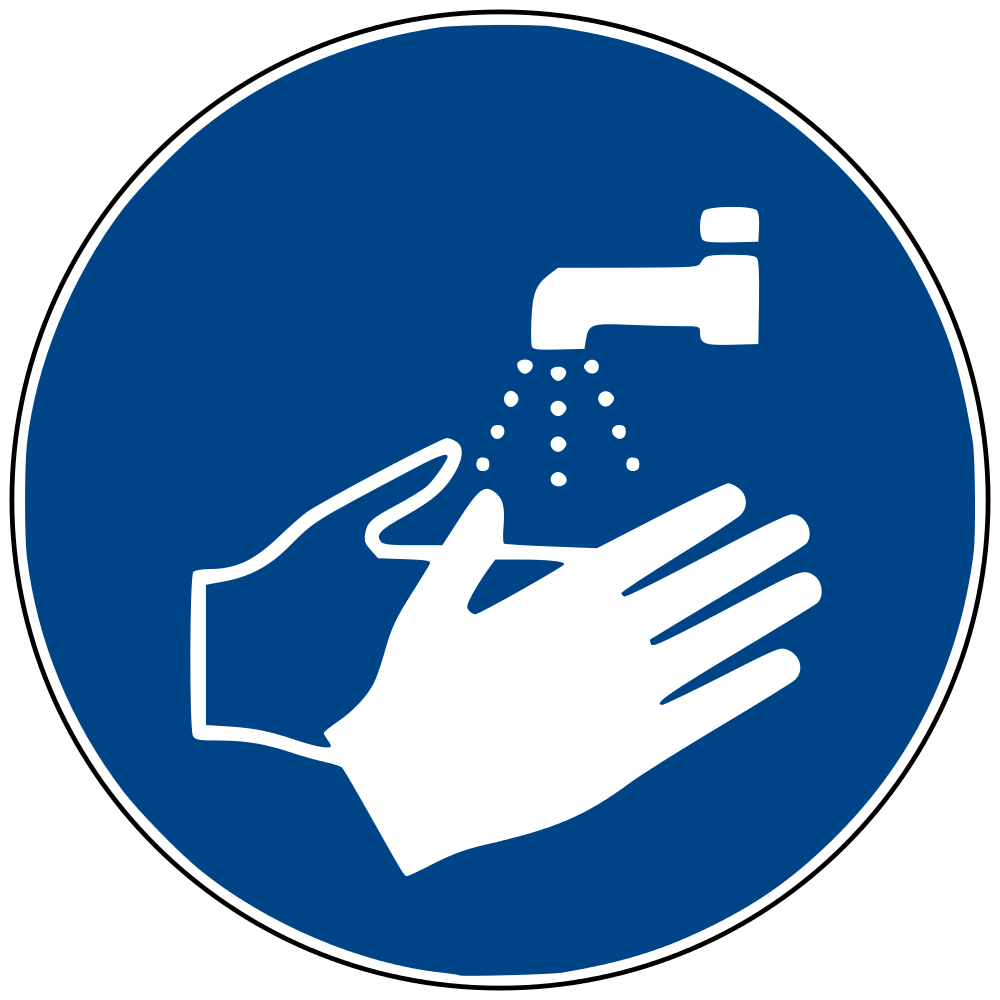Aftermath Reviews the Best Methods for Hand Washing

Health and Safety Starts With You
The basic science behind clean hands is partly what inspired the cleaning and sanitization process Aftermath uses to treat homes impacted by unattended death, hoarding, and other biohazard cleanup situations. Further, Aftermath follows stringent cross contamination prevention protocols. Strict procedures ensure that previously affected contaminants and materials do not spread to previously unaffected areas and materials. In this article, Aftermath reviews the most effective ways to use soap and sanitizers to achieve clean, sanitary hands.
To get the most out of hand washing, follow these steps:
1. First wet your hands liberally with running water and then apply soap. Regular soap is just as effective as anti-microbial products.
2. Vigorously rub your hands for at least 20 seconds before rinsing. Scrub thoroughly and make sure to wash your hands entirely, including the backs of your hands, wrists, between your fingers and under your fingernails.
3. Rinse with clean water until all lather and residue has been washed away.
4. Dry your hands using an air dryer or clean, disposable paper towels.
5. Use a paper towel to turn off the faucet to prevent contact with possible contaminants after cleaning. Avoid hand contact with high touch items such as door handles.
It’s important to note that a majority of people do not spend enough time rubbing their hands after applying soap. This step is relative to the cure/dwell time of the EPA disinfectant Aftermath uses to treat hard surfaces. Per the product label, our cleaning agent must remain wet and in contact with the surface for 20 minutes for maximum effectiveness. It is equally important that you get a good lather when you wash your hands!
Are Sanitizers Effective?
Alcohol-based hand sanitizers can never replace hand washing in effectiveness, but they can be used in a pinch to reduce harmful germs and bacteria until you have access to soap and water. According to the Mayo Clinic’s website, “If you choose to use a hand sanitizer, make sure the product contains at least 60 percent alcohol.” Then follow these simple steps:
• Apply the product liberally to your palm allowing enough to wet both of your hands entirely.
• Rub your hands together, make sure to cover your entire hand and continue rubbing until completely dry.
Aftermath Encourages Education and Safety
Much like hand washing, the first stage in any biohazard cleaning is to be certain that the area is clean. Before Aftermath technicians apply a disinfecting agent, they wipe down the affected space to make sure surfaces are free from any visible dirt. Similarly, if your hands are visibly dirty, only soap and water will get them clean. (Source) Alcohol based hand sanitizers cannot penetrate gross filth and/or visible debris.
To learn more about how to prevent the spread of germs and bacteria, and how to fight disease with handwashing, check out the helpful resources on the CDC website.
 877-872-4339
877-872-4339  Contact Us
Contact Us 






